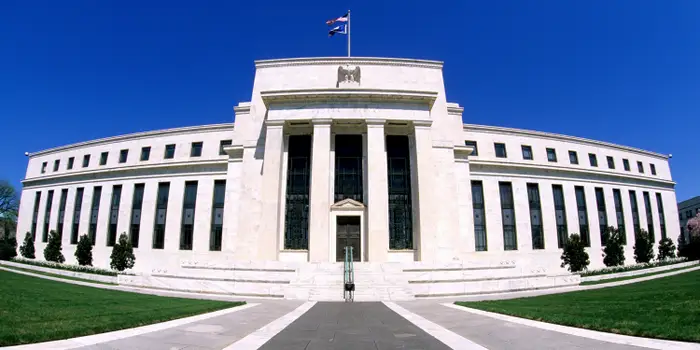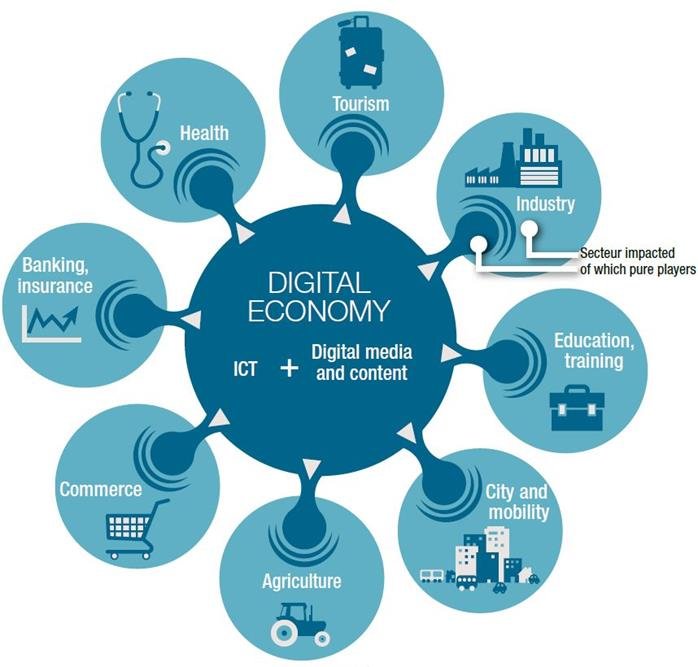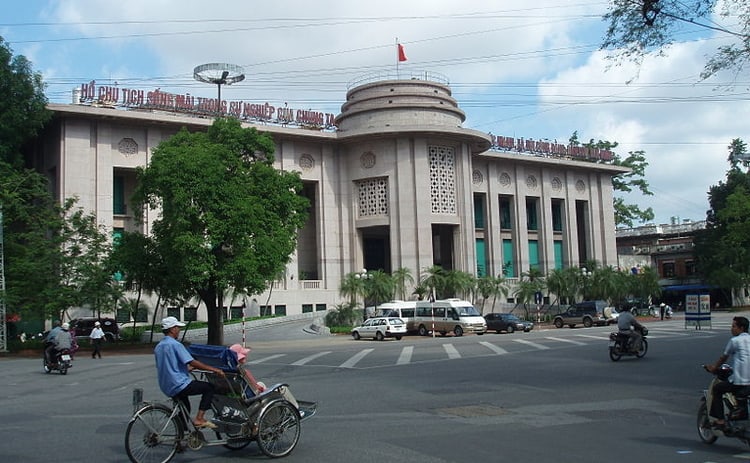As the expert here, let’s dive into how Central Bank Interest Rate Decisions can make or break your wallet. Imagine a game where the rules change mid-play. That’s your money’s world when central banks shake things up. To win, you’ve got to play smart. So, what are your moves when rates go up or down? Stay tuned. You’re about to become the player who knows how to score, no matter what the central banks throw your way.
Understanding Central Bank Interest Rate Decisions and Your Finances
The Role of Federal Funds Rate Changes in Your Financial Planning
What’s a federal funds rate? It’s a big deal for your wallet. Banks lend money to each other at this rate. When it changes, it affects many things. If the rate goes up, loans cost more. Banks pay more for money, and so do you. It’s harder to borrow for a new car or home.
Let’s dig in. Say the central bank hikes the rate. You’ll feel it. Your credit card interest might jump. Your home loan gets pricier too. But it’s not all bad. Saving can pay off more. Banks may offer higher interest on your savings account. It’s because they need more cash on hand.
It’s a balance. Central banks raise rates to stop prices from rising too fast. They want a healthy economy, not too hot or cold. When you plan your money, watch these rate changes. They show how the economy’s doing and where it’s headed.
How to Adapt to Monetary Policy Updates and Interest Rate Hikes
Now, let’s focus on how to handle these shifts. Central banks change policies to keep the economy stable. When times are good, they may lift rates to keep inflation in check. In tough times, they might cut rates to make spending and borrowing easier.
Think of it like a traffic light. When there’s too much speeding, central banks flash the red light – that’s a rate hike. When the road’s too empty, they flash green – that’s a rate cut. You drive your money through these lights.
Interest rate hikes mean your loans might cost more, but your savings can grow faster. It’s smart to pay off debt quicker and shift to saving when rates rise. If rates fall, it might be a good time to borrow for a needed big buy, like a house. Just make sure you can keep up with payments if rates go back up.
Each policy update can affect your cash. Stay informed. Read the news or check out a press release from the bank. Plan ahead and you can steer through the changes with ease, keeping your finances on the road to success.
Remember, rate changes are tools the central bank uses. They aim at a healthy economy where folks like you and me can thrive. Understand these moves and you can make smart choices with your money, no matter which way the rates go.
The Economic Indicators Influencing Central Bank Policies
Reading the Signals from Central Banks’ Inflation Targeting and Economic Growth
Central banks keep a close eye on prices. They aim to keep them just right, not too high or too low. Inflation targeting is their key tool for this. They change interest rates to stop prices from rising too fast. This means if things cost more, rates might go up to cool things down. If prices are stable, they may lower the rates to help us spend more.
When the economy grows, it’s mostly a good thing. But if it races ahead too fast, prices might shoot up. This is because too much money chases too few goods. Central banks step in with policies like raising rates to prevent prices from soaring. This makes loans more expensive, slowing down some of that fast growth.
Deciphering the Impacts of Discount Rate Adjustments and Reserve Requirements
The discount rate is what banks pay to borrow money from the central bank. Changes here can influence how much banks charge you for loans, like for a house or a car. So, when these rates go up, borrowing gets costlier. This cools down spending and investing. It can keep inflation in check, but also make it harder to borrow money.
Reserve requirements tell banks how much cash to keep on hand. A higher requirement means they have less to lend out. It’s another way to control how much money is flying around the economy. Less money to lend can mean it’s tougher to get a loan. But it can also stop prices from rising too quickly.
Understanding these signals can help you plan better. If rates are going up, you might want to lock in loan rates quick. If they’re going down, it might be a good time to save. Keep an eye on these indicators to steer your finances in the right direction.
Global Economic Shifts: Their Impact on Personal Finance
Tackling Financial Stability Concerns and Currency Valuation Changes
When global economies shake, our pocketbooks feel it. Think of central banks as big ships steering through rough seas of the economy. Their tools? Things like federal funds rate changes and monetary policy updates. When central banks hike interest rates, it costs more for you and me to borrow money. Buying a house or paying off credit card debt gets pricier, and that’s tough on us.
But these banks also aim to keep prices stable. That’s their inflation targeting at work. It’s like setting a speed limit to keep the economy from overheating. Sometimes, they’ll tweak the discount rate or adjust bank reserve requirements. These moves can calm crazy price jumps or deep dips in value.
Now, don’t forget currency. It’s the money we use every day. Its value goes up and down like a see-saw, based on how the economy’s doing. If our money drops in value, it’s harder to buy stuff from other countries. But, if it gets stronger, we can get more for less from abroad.
Anticipating the Effects of Global Economic Trends on Individual Investments
Let’s chat about your investments—like stocks, bonds, even your house. What happens out there in the big wide world can help or hurt them. Look at global economic trends. They give us clues. Trends show us where money’s moving and can warn us of changes. Say there’s news of an interbank lending rate going up. Banks have to pay more to lend each other money. This means they’ll charge you more to borrow too.
Thinking about inflation? We’ve got those control measures. Central banks push buttons to slow inflation down and keep our cash worth something. This might mean changes, like a different pace of printing money, known as quantitative easing policies.
Here’s another piece of the puzzle: fiscal policy interaction. It’s how government spending works with central bank moves. Together they can fire up the economy or cool it down.
So what can you do? Keep an eye on the GDP growth correlation to see how healthy the economy is. Notice unemployment rates and consumer price index numbers. These tell us how many folks have jobs and how much the stuff we buy costs. If rates and prices hop around, watch out. It might mean your mortgage interest rate or savings account yields could wiggle too.
Remember, when you hear a big policy announcement from the central bankers, think before you leap. Could be your cue to talk with a pro about investment strategy shifts. The market listens closely to all this talk. Bonds and stocks might jump one way or the other.
Getting the drift? Central banks do a lot that touches your cash. Staying sharp on what they’re up to helps you sail smoother through your money matters. Keep learning, watching, and planning. It’ll pay off.
How to React Strategically to Central Bank Announcements
Investment Strategy Adjustments in Response to Central Bank Press Releases
Central bank news can shake up markets in no time. Be ready to act fast. When the bank speaks, your wallet listens. New info on rates can change your investment path. They talk about federal funds rate changes, and your loan costs might rise. They mention monetary policy updates, and your savings may grow slow.
Interest rate hikes are big news. They can lower stock prices but lift bond yields. You might need to switch from stocks to bonds. Or find other paths to make money. Keep an eye on economic growth impact too. A growing economy can mean higher rates later. That could spell pricier loans but better returns on savings.
Don’t forget central bank goals. They aim to keep prices stable, so we can plan our spendings. They set inflation targets, and we need to tune in. These goals shape how much things cost tomorrow. Watch for their moves. Changes to the discount rate affect banks, and that trickles down to us. They might tweak bank reserve requirements. More reserves can mean fewer loans out there. Fewer loans can mean higher interest. We want loans we can afford.
Understanding the Hawkish vs Dovish Stance of Central Banks for Future Planning
Hawks and doves aren’t just birds. They’re like signs of what’s next for cash. Hawks see danger in high prices. They push for higher rates to cool things off. If they’re in charge, expect your loans to cost more. But your savings might smile with higher yields.
Doves are the calm friends. They want to keep rates low to help us spend and borrow. If they lead, it might be a good time for loans. But your savings won’t be jumping for joy. Seeing who’s who tells you if rates might go up or down. That helps you plan better.
Remember, rates now forecast the money scene. A rate change today can change how much you pay for a long time. It can change how much you make from stocks, bonds, or your bank. And it sure shapes how much your money buys down the road.
The press might hint at rate changes before they happen. They use terms like “forward guidance”. They want markets to get ready, not shocked. Look at what they say, and think about how it hits you. This talk guides where you put your cash. It helps you shield your funds or chase new chances.
Always track these signals. They help you play the long game. Know when to save or spend. Know when to borrow or hold tight. This is how you work with central bank calls for a win.
In this post, we dug deep into how central bank rates sway your money story. We started by breaking down how changes in the federal funds rate shape our financial plans. We then got smart on how to stay ahead with every new money policy update.
We also spotted the big signs that tell us what central banks might do next. From eyeing inflation goals to economic growth, we learned to read what matters. We figured out how tweaks to discount rates and cash rules hit our wallets too.
Then we zoomed out to see how the world’s money shifts can rattle our own financial picture. We geared up to deal with the ups and downs of our cash value and investments.
Last up, we shared tips on how to make smart moves when those big bank announcements hit the news. Whether banks sound hawkish or dovish, we now have a game plan for our savings and investments.
So, when central banks chat about rates next time, you’ll be ready. With a sharp eye and quick action, your finances can stay strong no matter what comes your way.
Q&A :
How do central bank interest rate decisions affect the economy?
Central bank interest rate decisions are critical drivers of the economy. By raising or lowering interest rates, the central bank influences borrowing costs, consumer spending, and inflation. When rates are reduced, it encourages loans and investments leading to economic growth, while increasing rates can slow down an overheated economy and keep inflation in check.
What factors influence central bank interest rate decisions?
Central bank interest rate decisions are influenced by various factors, including inflation rates, employment levels, economic growth indicators, and external economic events. Central banks aim to balance these elements to maintain economic stability, control inflation, and foster a favorable economic environment.
How often do central banks review interest rate policies?
Central banks typically review interest rate policies at regular intervals, which can range from once a month to once every quarter, depending on the specific central bank. These review periods allow the central bank to assess the current economic conditions and make adjustments to the interest rates as deemed necessary.
Can central bank interest rate decisions impact currency value?
Yes, central bank interest rate decisions can have a significant impact on currency value. Higher interest rates tend to attract foreign investment, leading to an increase in currency demand and value. Conversely, lower interest rates may result in a decrease in foreign investment appeal and a subsequent drop in currency value.
What are the consequences of unexpected central bank interest rate changes?
Unexpected central bank interest rate changes can lead to market volatility as investors adjust to the new rates. This can affect stock markets, bond prices, and foreign exchange rates. Additionally, unexpected decisions may impact consumer and business confidence, either positively or negatively, depending on the nature of the change.




